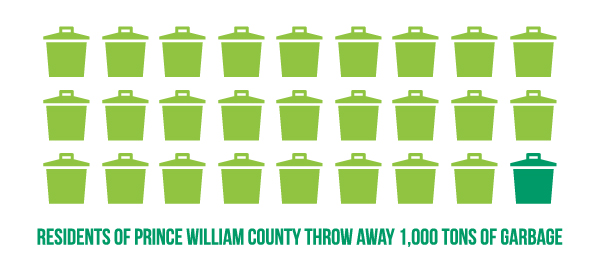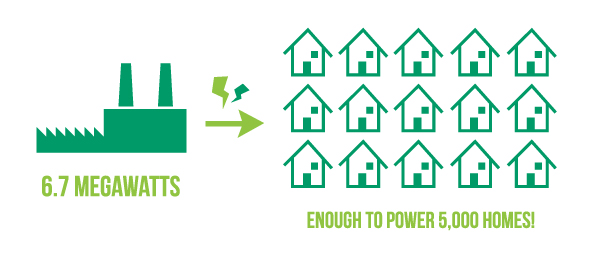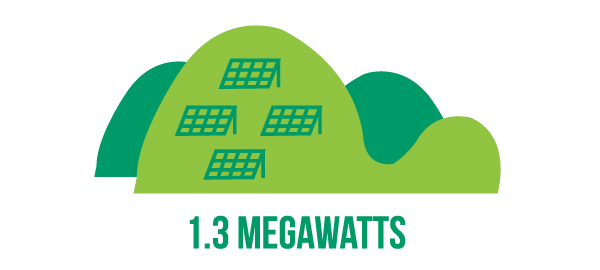Every day residents of Prince William County throw away 1,000 tons of garbage and Prince William County’s Landfill is getting creative with all that trash.

Thursday, January 29th, Tom Smith, Solid Waste Division Chief, guided the NEED Project and a dozen Department of Energy employees around the 1,000 acre property for an inside look at the practiced routine on site, the innovative solutions in place, and the big goals for their future.
With a compost area, a recycling center, a building for the disposal of electronics, and a scrap metal shredder, the landfill has adapted an answer for everything—and the kitchen sink! Its aim is to make the most of the medium-sized site, currently expected to last until 2065. With a focus on maximizing the site’s density, redirection efforts, and recycling, Tom hopes the facility will operate long beyond its expected years, since he predicts the county will not get another landfill. It opens a door for inventive answers, as it’s estimated that 70 percent of the waste can be converted into valuable products, extending the life of the landfill.

The most notable, running example of these inventive solutions is located in a small warehouse on the backend of the property—a power plant! Yes, Prince William County operates a gas-to-energy power plant on site, taking advantage of the methane produced from the decomposing garbage. One hundred extraction wells (and growing!) from around the acreage pull a constant stream of methane from inside the trash mounds, now aesthetically covered in local grasses, and deliver it to one of their five CAT engines. From here, the engines power an electric generator, sending energy to a transformer and eventually onto “the grid,” producing 6.7 megawatts—enough to power 5,000 homes! The renewable landfill gas project is beneficial in two very distinct ways, reducing the amount of methane that would otherwise release into the atmosphere and creating a needed energy supply out of an otherwise wasted resource. The process, using low-emission engines, cuts over 20,992 metric tons of CO2 over more traditional fossil fuels.

In addition to the power generation, the landfill is breaking ground to install a waste-conversion facility, capable of separating recyclables, breaking down plastics, and creating an environmental fuel pellet from organic material. The drawback? The construction site sits on top of three acres of current wetlands. As a solution, the landfill is constructing five acres of wetlands on a different end of the property. With so many projects in the works, the facility almost resembles a construction site more than a landfill.

Despite the flurry of projects, the facility is still dreaming of what could be. In the initial stages of negotiation with a Massachusetts-based company, they hope to utilize some of the sloped trash mound for solar panels. There’s a potential for 1.3 megawatts of energy production.

With 480,000 residents in Prince William County, there’s no shortage of demand for energy and certainly – as the NEED Project and the DOE noted – no shortage of trash, and the landfill seems to have plenty of ideas to help these two ends meet in coming years.
